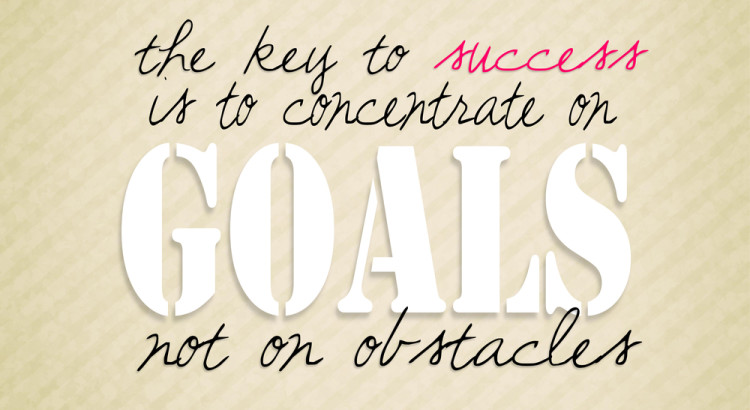You’ve pored over dozens of resumes, scoured social media accounts and, finally, narrowed the field to just a few candidates for an important open position in your company. Next comes the most critical step in the process: the interviews.
Managers and human resources professionals can only tell so much about candidates by reviewing their credentials. Candidates who look great “on paper” can turn out in real life to be a poor fit for your company, and interviews provide the all-important face time.
The in-person interviews with your top candidates provide you with important visual cues about how an individual may perform. How is the candidate dressed? Does she seem nervous or evasive? How does he interact with your team? When you’ve identified several candidates with similar skills, education and work experience, the interview can provide important missing information you need to make a final selection.
With interviews carrying so much weight in the hiring process, it’s critical to ask compelling questions that get your candidates talking openly. As Entrepreneur notes, asking the right questions can help you identify individuals with high levels of emotional intelligence, which includes traits like self-control, persistence and the ability to get along with others. Employees with high EI are said to be able to adjust better to change, to be flexible and to work as part of teams.
Here are eight of the top questions that encourage your candidates to provide honest, open answers that can help you predict future success.
Envision that it’s a year from now; what has our team achieved?
This question gives the candidate a chance to express her strategic vision and knowledge of your company. A thoughtful answer demonstrates that she’s taken the time to learn about your challenges and to brainstorm solutions.
Who do you consider a role model, and why?
Choice of role model can tell you a lot about your candidate’s level of introspection, and it can potentially give you an idea about what behaviors to expect, as Inc. notes. It also reveals the character and attributes your candidate wishes to emulate.
If you launched a new business, what would you want to be its three top values?
This question provides you with insights into a candidate’s priorities, notes Entrepreneur. Understanding that candidates may be surprisingly candid in interviews, you want to hear answers like “trust,” “integrity,” “empathy” and “fair play.” Values that wouldn’t be a fit with your corporate culture and ethics should give you pause.
What aspects of your past jobs have you not enjoyed?
All candidates expect to be asked about their strengths and weaknesses. But asking specifically about parts of their current or previous jobs that they didn’t like can result in honest answers. No one enjoys everything about any job, despite what applicants will say in interviews. Understanding your candidate’s likes and dislikes will help you determine if the individual will be a good fit for your specific job opening.
Tell me about a lasting friendship you’ve developed in a job
Building relationships only happens over time and with sustained effort, and it is a marker for high emotional intelligence. With this question, you learn how much your candidate values other employees as people, and it can give you an idea of your candidate’s level of commitment to team members.
What skill or expertise should you develop?
No one has mastered every possible skill, and you want to hear that your candidate is curious and has a desire to continue learning and improving in his field. If an individual doesn’t have an answer, you can take it as a sign that he doesn’t feel he has anything left to learn.
Describe a time in a job when things didn’t go the way you’d hoped
By asking about something that didn’t go well, you can gather information about your candidate’s tendencies as a self-starter and whether she views challenges as permanent setbacks or opportunities for growth. You also may learn whether your candidate is a team player or would point a finger of blame at colleagues.
What are your questions for me?
Providing your candidate with an opportunity to ask you questions can tell you how much she prepared in advance or how well she thinks on her feet. It also can give you an idea of the innovative — or potentially disruptive — ideas your new employee will bring to the table.
To uncover valuable information, ask the right interview questions
Few decisions are as important to your organization as the employees you hire. By asking compelling, open-ended questions, you can uncover your candidates’ emotional intelligence levels and improve your chances of adding strong team members.




